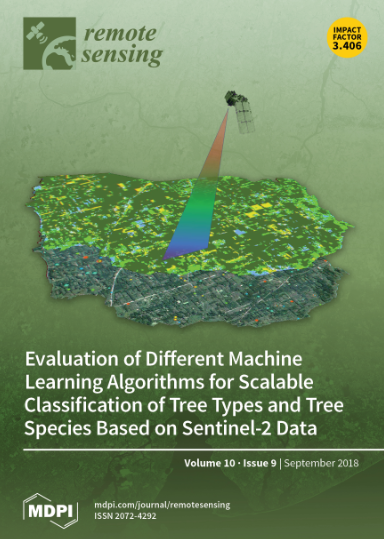Error Analysis of Non-Time-Synchronized Lightning Positioning Method
IF 4.2
2区 地球科学
Q2 ENVIRONMENTAL SCIENCES
引用次数: 0
Abstract
Since the non-time-synchronized lightning positioning method does not rely on the time synchronization of the stations in the positioning system, it eliminates the errors arising from the pursuit of time synchronization and potentially achieves higher positioning accuracy. This paper provides a comprehensive overview of the errors present in the three-dimensional lightning positioning system. It compares the results of traditional positioning methods with those of non-time-synchronized lightning positioning algorithms. Subsequently, a simulation analysis of the positioning errors is conducted specifically for the non-time-synchronized lightning positioning method. The results show that (1) the non-time-synchronized lightning positioning method exhibits greater errors when utilizing two randomly positioned radiation sources for location determination. Consequently, the resulting positioning outcomes only provide a general overview of the lightning discharge. (2) The positioning outcomes resemble those of the traditional method when employing a fixed-coordinate beacon point. However, the errors in the three-dimensional positional coordinates of these fixed-coordinate beacon points significantly impact the deviations in the positioning results. This impact is positively correlated with the positional error of the beacon point, considering both the orientation and magnitude. (3) Similarly to the traditional method, the farther away from the center of the positioning network, the larger the radial error. (4) The spatial position of the selected fixed-coordinate beacon point has little influence on the error.非时间同步闪电定位方法的误差分析
由于非时间同步闪电定位方法不依赖于定位系统中各站的时间同步,因此消除了因追求时间同步而产生的误差,有可能实现更高的定位精度。本文全面概述了三维闪电定位系统中存在的误差。它比较了传统定位方法和非时间同步闪电定位算法的结果。随后,专门针对非时间同步闪电定位方法的定位误差进行了仿真分析。结果表明:(1) 利用两个随机定位的辐射源进行定位时,非时间同步闪电定位方法的误差较大。因此,定位结果只能提供闪电放电的大致情况。(2) 采用固定坐标信标点时,定位结果与传统方法相似。但是,这些固定坐标信标点的三维位置坐标误差会严重影响定位结果的偏差。这种影响与信标点的位置误差(包括方向和幅度)呈正相关。(3) 与传统方法类似,离定位网络中心越远,径向误差越大。(4) 所选固定坐标信标点的空间位置对误差影响不大。
本文章由计算机程序翻译,如有差异,请以英文原文为准。
求助全文
约1分钟内获得全文
求助全文
来源期刊

Remote Sensing
REMOTE SENSING-
CiteScore
8.30
自引率
24.00%
发文量
5435
审稿时长
20.66 days
期刊介绍:
Remote Sensing (ISSN 2072-4292) publishes regular research papers, reviews, letters and communications covering all aspects of the remote sensing process, from instrument design and signal processing to the retrieval of geophysical parameters and their application in geosciences. Our aim is to encourage scientists to publish experimental, theoretical and computational results in as much detail as possible so that results can be easily reproduced. There is no restriction on the length of the papers. The full experimental details must be provided so that the results can be reproduced.
 求助内容:
求助内容: 应助结果提醒方式:
应助结果提醒方式:


